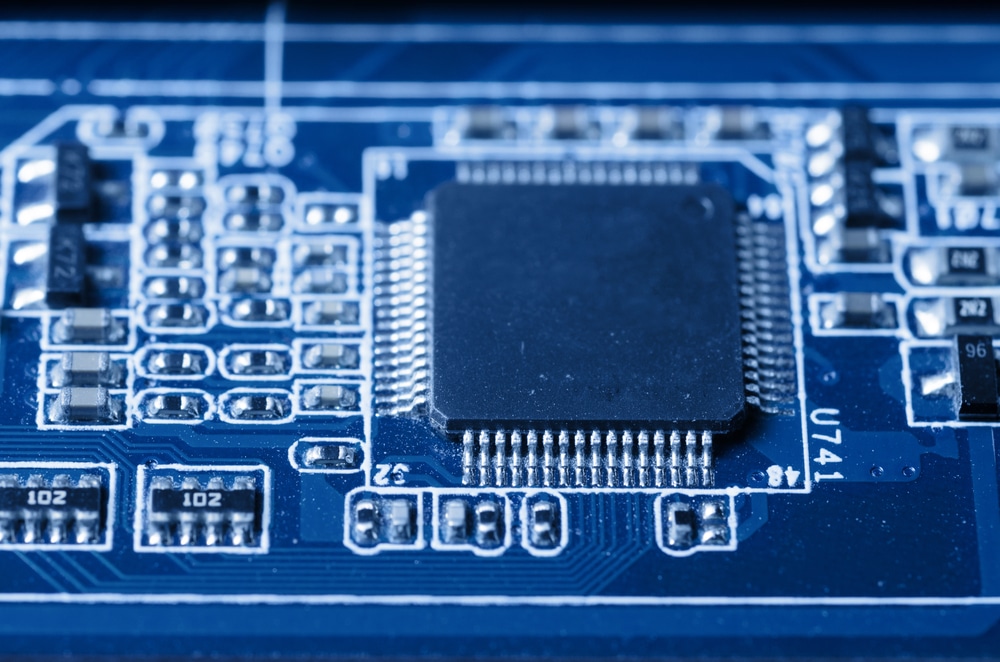Application of RFID technology in Electronic Manufacturing
 A PCB goes through several processes during manufacturing, starting form a bare PCB issued from the stores, inspection, component assembly, unit testing and system integration. At each step during this process, there is information that needs to be tagged to a particular board. During the process each board is made unique due to ‘blue wires’, firmware versions and codes for programmable logic devices such as CPLD’s and FPGA’s. More recently, testing result data is also being included in this data base. The increased amount of data that has to be recorded on each board and the accuracy of the data is very critical and has become an essential requirement in manufacturing.
A PCB goes through several processes during manufacturing, starting form a bare PCB issued from the stores, inspection, component assembly, unit testing and system integration. At each step during this process, there is information that needs to be tagged to a particular board. During the process each board is made unique due to ‘blue wires’, firmware versions and codes for programmable logic devices such as CPLD’s and FPGA’s. More recently, testing result data is also being included in this data base. The increased amount of data that has to be recorded on each board and the accuracy of the data is very critical and has become an essential requirement in manufacturing.
Traditionally this was done with a scribble on a sticky or pig-tail label attached to the board. This process was time consuming and prone to error. With the increase in data size this method is almost infeasible. RFID technology has provided a highly accurate and efficient alternate solution to this method. This paper describes the method and the deployed technologies.
An ultra small RFID tag is fixed to the PCB in a copper free zone. An RFID UHF tag with support for long range and non-line-of-sight communication with the reader provides a feasible solution. The tag has adequate memory capacity for this application.
When board assembly begins, the tag is placed on the board along with other components and the tag identification number (TID) is read and entered into the database. The circuit board’s serial number and assembly number are then linked with that tag ID. During the assembly process, the board passes through a series of workstations. At each station, a fixed reader captures that ID number and forwards it, along with the station’s location identifier and a timestamp, to the back-end software, thereby creating a record of that PCB’s arrival.
The scope of this application can be extended to Warranty Tracking, Inventory Control, Product Authenticity and Firmware Revision Control.
A commonly used tag for this application is Murata’s MAGICSTRAP UHF RFID tag. This product has been specifically designed for this application and can be integrated though a straight forward design. The antenna for the tag is designed into the ground plane of the board at the edge with minimal real estate overhead.










